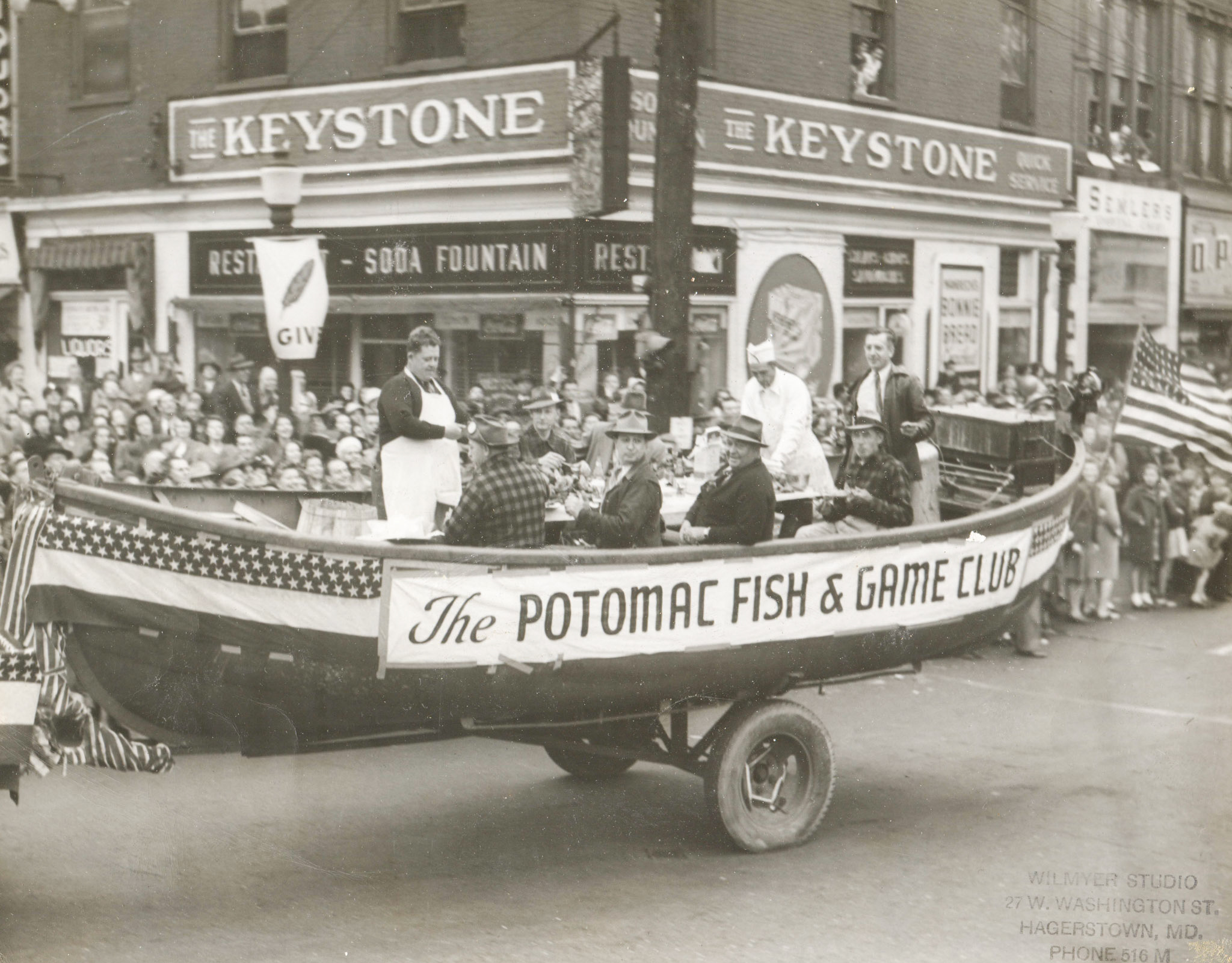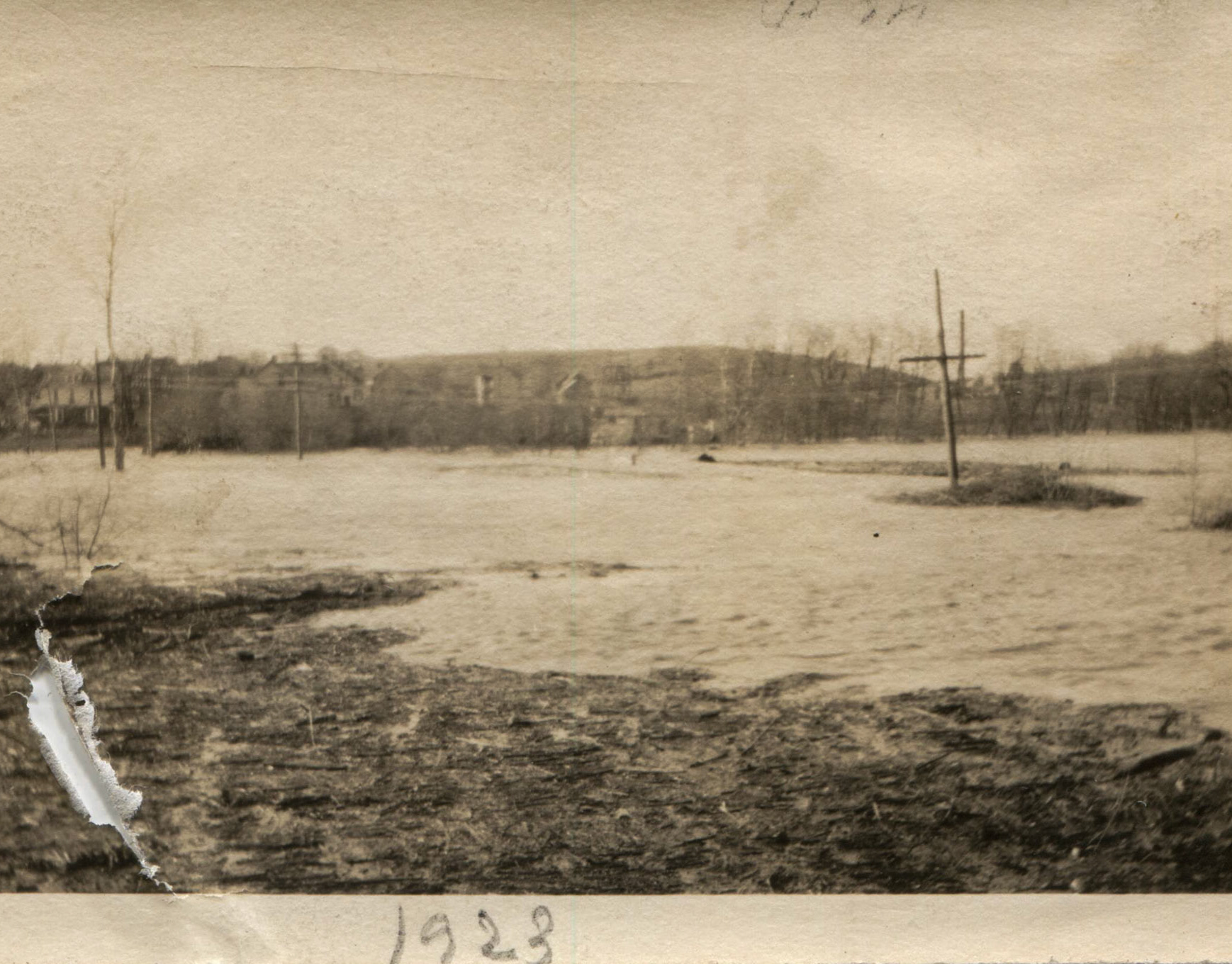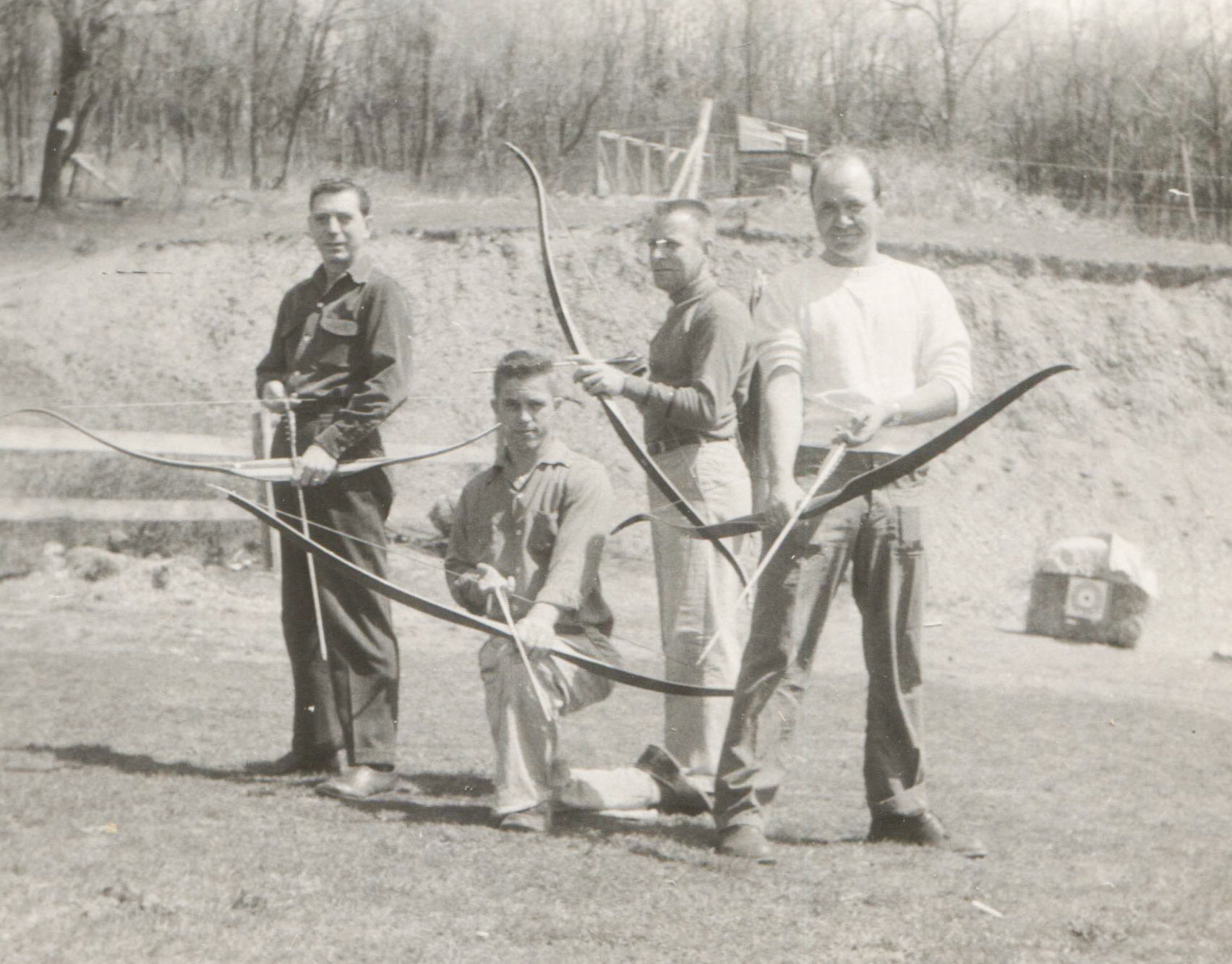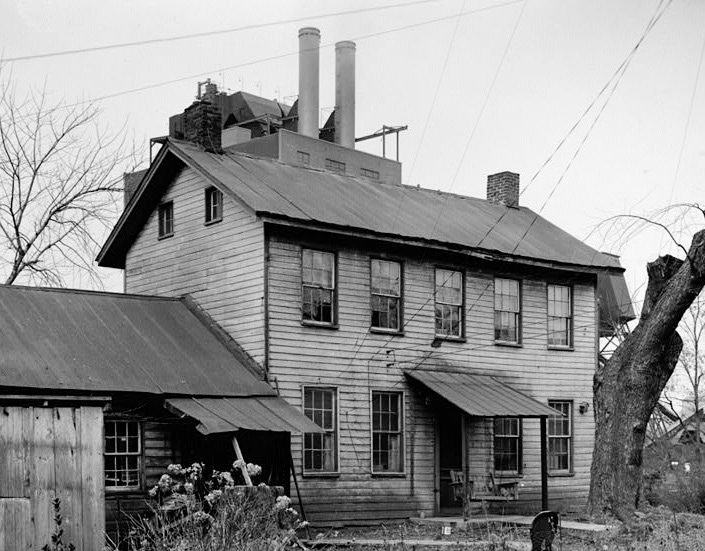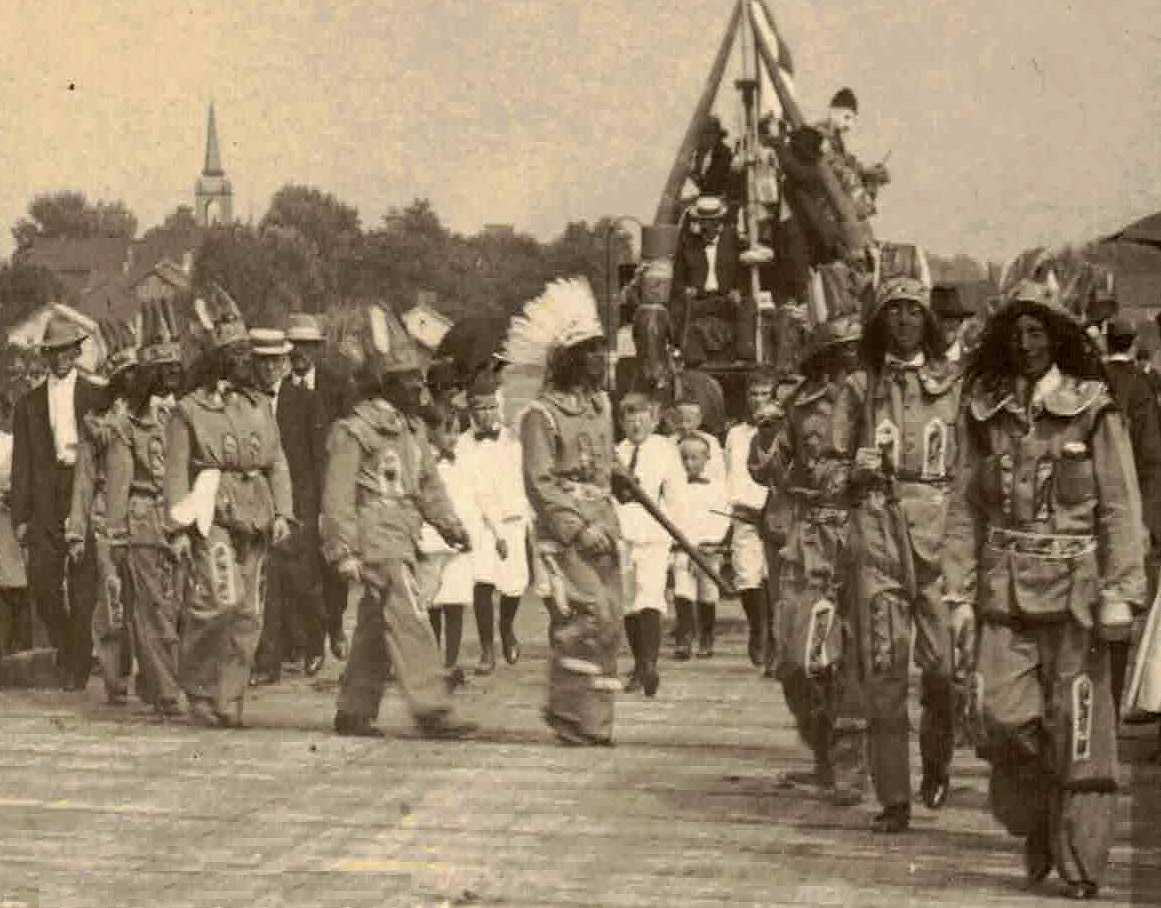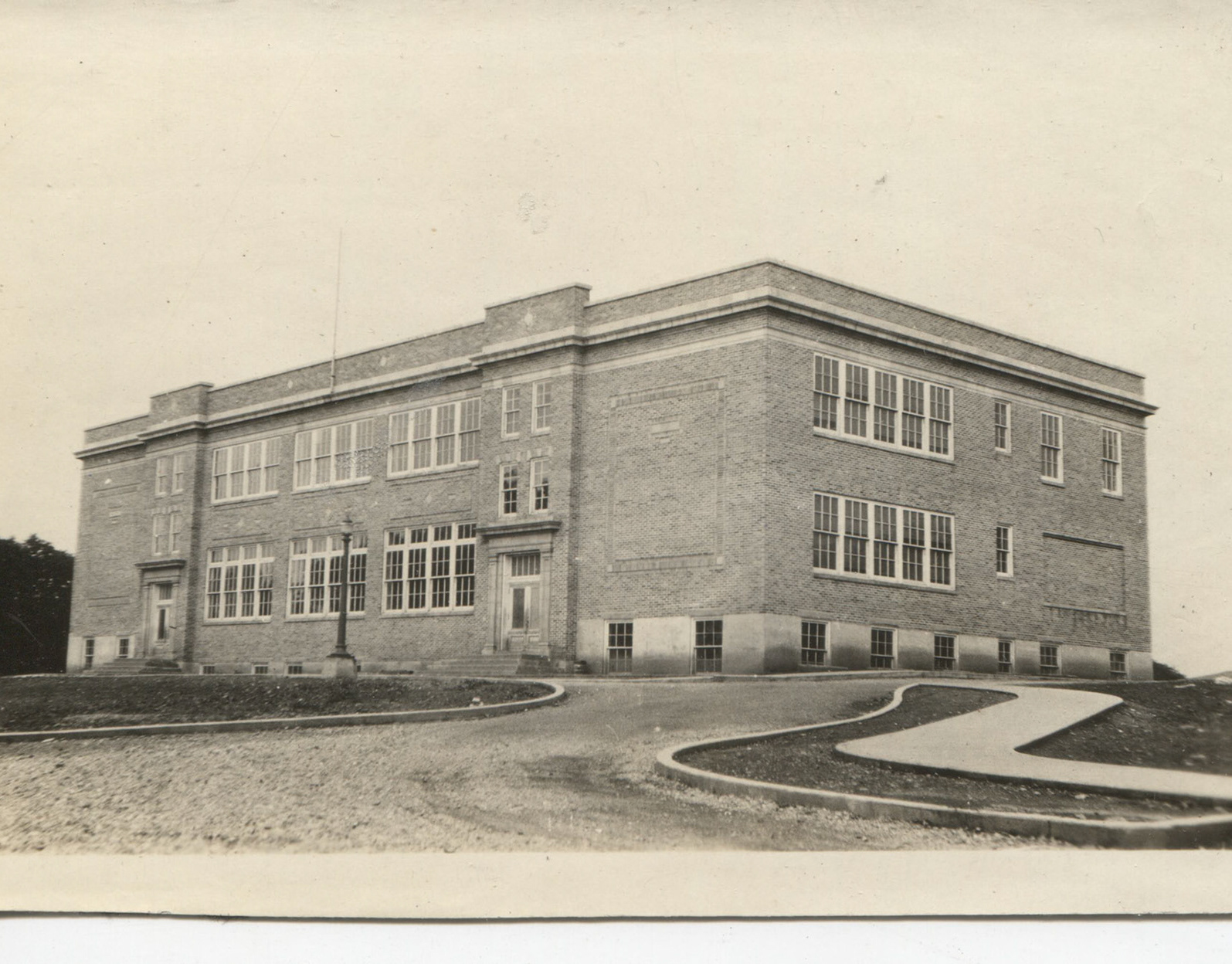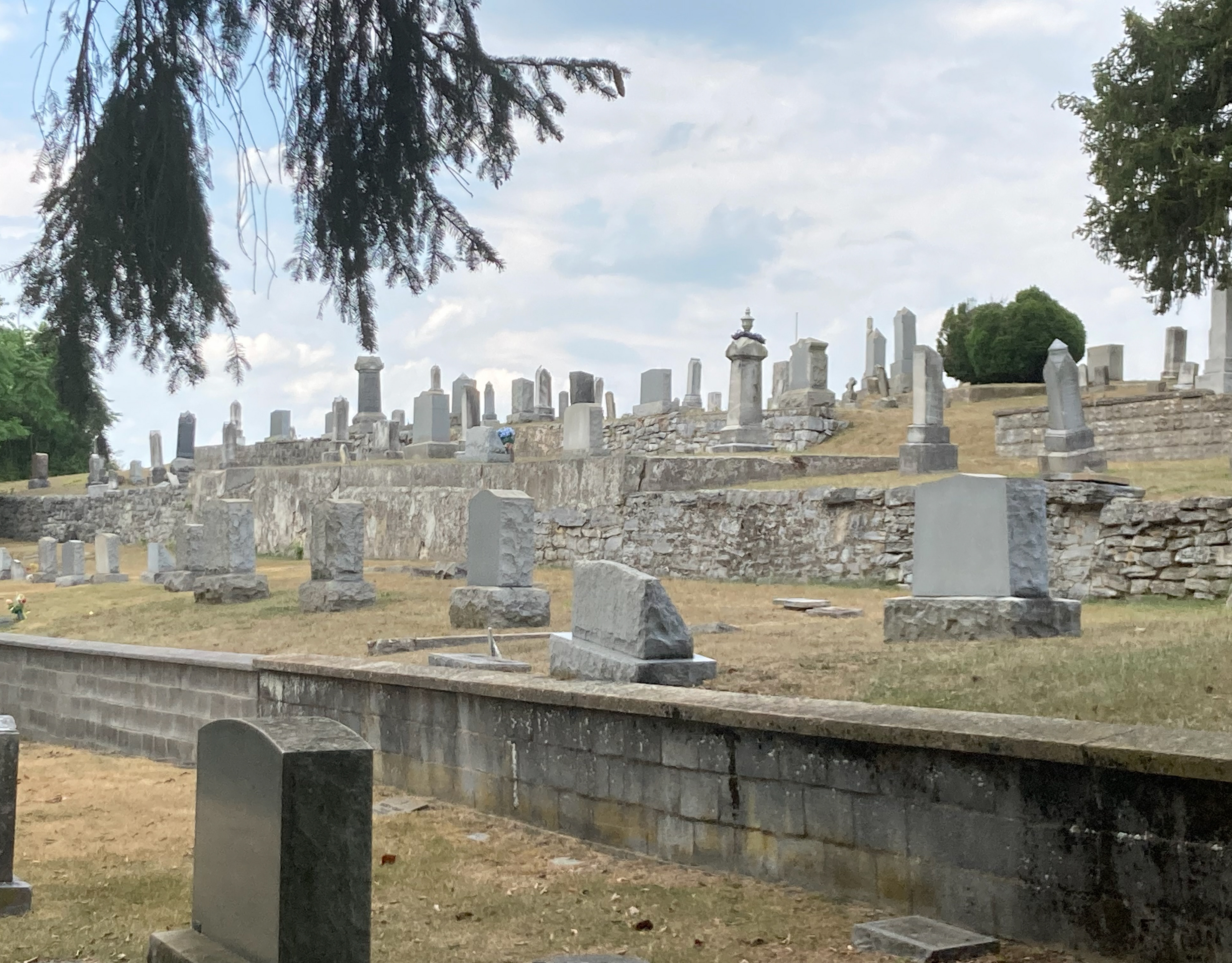Robert "Bob" Dawson, one of the founders of the Southern Cross Sport Parachute Club
The dropzone and runway on the Robert Coffman in Downsville
Bernie Moleski coming in for a landing at the 1973 Mack Truck Company Picnic. The newspaper reported over 15,000 attended the event.
L-R Top Bernie Moleski, Jim Lucas, Keith Schaffer, Larry Hewitt. L-R Bottom Wes Shields, John Bordley,
Jon Jakeway comes in for a landing at SC
Bernie Moleski
Gil Wieland, Kent Schreiber, unknown, unknown in the hanger at Downsville
Karen Davis at SC
Neil Evangelista in an Invader MK11 over Downsville
Late, 1960s - Bob Dawson, Jon Jakeway, unknown, at Downsville. Jakeway was wounded in Vietnam. After his discharge, he was assigned to the 82nd Airborne Division and joined the XVIII Airborne Corps Parachute Team.
Local jumper Jim Lucas is on the cover of Parachutist magazine. Lucas of Williamsport, MD, flies some unusual Canopy RW at the Southern Cross drop zone in Downsville, MD. Jim's "extra" canopy belongs to Jose Rodriguez of Crofton, MD , who intentionally cutaway after forming a biplane canopy hookup with Jim. Playing it smart and safe, Jose wore an extra reserve for this jump.
Karen Davis at SC
James S. Coffman (kneeling far left 2nd row) member of the US Army Golden Knights Parachute Team.
DC airplane too large to land at Downsville, the club moved to Chambersburg, Pa.


